The Best Fitness Activities for a Healthy Lifestyle
Published: July 11, 2025 at 1:27:24 PM UTC
Finding the right fitness activities can transform your health journey from a chore into an enjoyable lifestyle. The perfect exercise routine combines effectiveness with sustainability, keeping you motivated while delivering results. In this comprehensive guide, we'll explore and rank the 10 best fitness activities for a healthy lifestyle, helping you discover options that align with your personal goals, preferences, and fitness level.
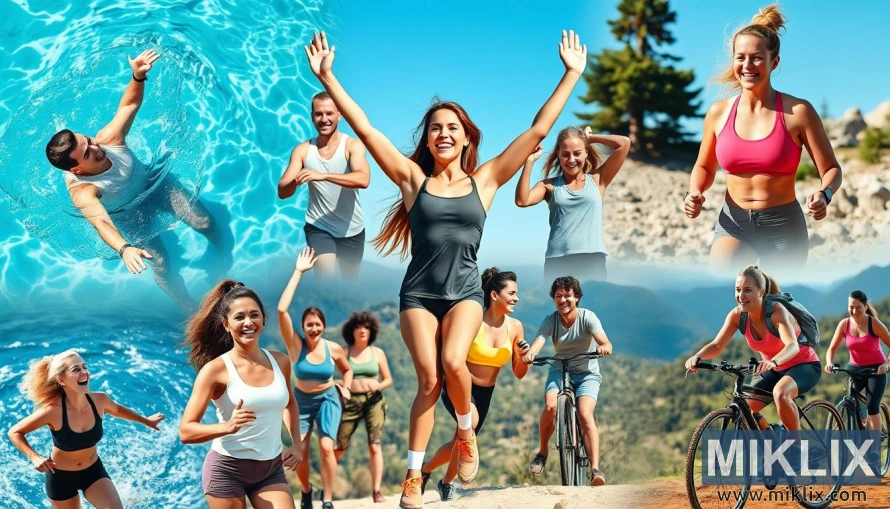
How We Ranked These Fitness Activities
To determine the best fitness activities for a healthy lifestyle, we evaluated each exercise based on several key factors. Our comprehensive analysis considered not just calorie burn, but overall health impact, accessibility, and sustainability.
Physical Benefits
Calorie burn, muscle engagement, cardiovascular improvement, and overall physical health benefits.
Mental Wellbeing
Stress reduction, mood enhancement, cognitive benefits, and mindfulness potential.
Accessibility
Cost, equipment needs, space requirements, and availability for different fitness levels.
The 10 Best Fitness Activities for a Healthy Lifestyle
We've ranked these activities based on their overall contribution to a healthy lifestyle. Each offers unique benefits that can help you achieve specific fitness goals.
| Rank | Activity | Calorie Burn (1hr) | Muscle Groups | Mental Benefits | Accessibility |
| 1 | Swimming | 500-700 | Full body | High | Medium |
| 2 | Strength Training | 300-500 | Targeted | Medium | High |
| 3 | Walking | 200-300 | Lower body | High | Very High |
| 4 | Cycling | 400-600 | Lower body | Medium | High |
| 5 | Yoga | 200-400 | Full body | Very High | High |
| 6 | HIIT | 600-800 | Full body | Medium | High |
| 7 | Dancing | 300-500 | Full body | High | High |
| 8 | Tai Chi | 150-300 | Full body | Very High | Medium |
| 9 | Rowing | 400-600 | Full body | Medium | Medium |
| 10 | Pilates | 250-450 | Core focus | High | Medium |
1. Swimming: The Ultimate Full-Body Workout
Swimming tops our list of the best fitness activities for a healthy lifestyle due to its exceptional full-body engagement and joint-friendly nature. The buoyancy of water supports your body weight, making it ideal for people of all ages and fitness levels, including those with joint issues or injuries.
The buoyancy of the water supports your body and takes the strain off painful joints so you can move them more fluidly.
Benefits
- Engages nearly all major muscle groups simultaneously
- Improves cardiovascular health without joint stress
- Enhances flexibility and range of motion
- Promotes better breathing techniques and lung capacity
- Improves mental state and reduces stress
Considerations
- Requires access to a pool or body of water
- May need to learn proper technique for maximum benefit
- Hair and skin care needed due to chlorine exposure
- Weather-dependent for outdoor swimming
Getting Started with Swimming
Begin with 20-30 minute sessions 2-3 times per week. If you're new to swimming, consider taking lessons to learn proper technique or start with water walking in the shallow end. Gradually increase duration as your endurance improves.
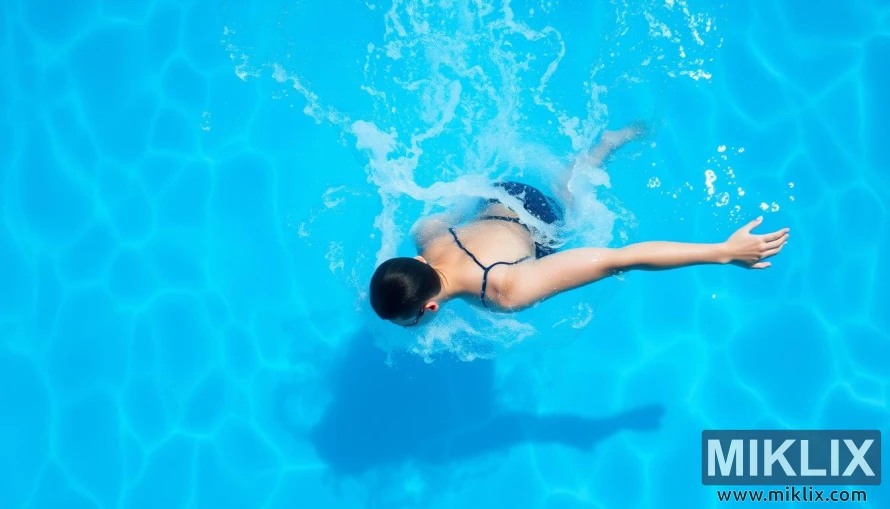
2. Strength Training: Building Muscle and Burning Calories
Strength training ranks second on our list of best fitness activities for a healthy lifestyle because it builds muscle mass, increases metabolism, and improves functional strength. Contrary to common misconceptions, strength training isn't just for bodybuilders—it's essential for everyone's long-term health. If you don't use muscles, they will lose their strength over time. The more muscle you have, the more calories you burn, so it's easier to maintain your weight.
Getting Started with Strength Training
Begin with bodyweight exercises like squats, push-ups, and lunges. As you progress, add light weights (1-2 pounds) and gradually increase. Aim for 2-3 strength training sessions per week, allowing muscle groups to recover between workouts.
Focus on proper form rather than heavy weights when starting out. This reduces injury risk and ensures you're targeting the right muscles.
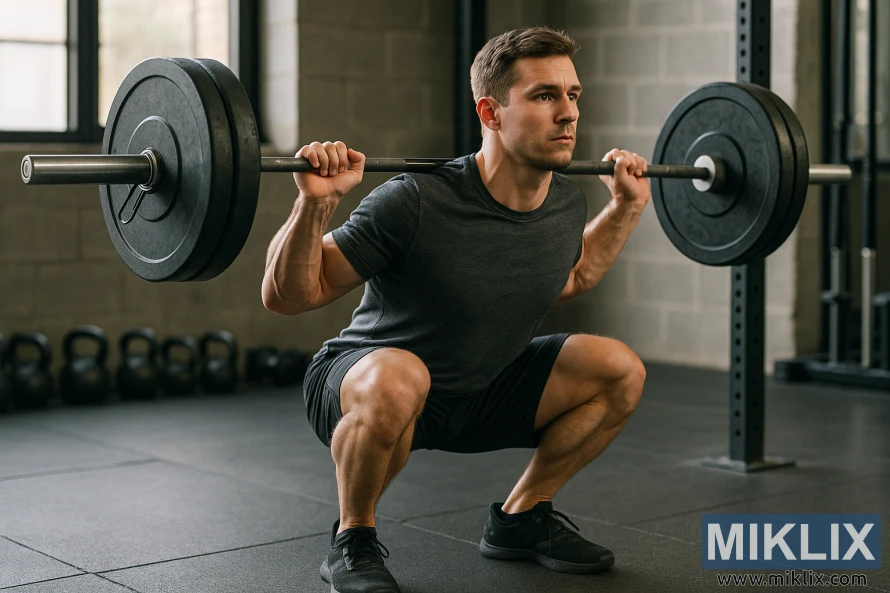
3. Walking: Simple, Effective, and Accessible
Walking earns its high ranking among the best fitness activities for a healthy lifestyle due to its accessibility, effectiveness, and minimal equipment requirements. This low-impact exercise delivers impressive health benefits while being suitable for nearly everyone.
Physical Benefits
- Improves cardiovascular health
- Strengthens bones and muscles
- Helps maintain healthy weight
- Enhances balance and coordination
- Reduces risk of chronic diseases
Mental Benefits
- Reduces stress and anxiety
- Improves mood through endorphin release
- Enhances creative thinking
- Improves memory and cognitive function
- Provides time for mindfulness practice
Getting Started with Walking
Begin with 10-15 minute walks and gradually increase to 30-60 minutes most days of the week. For added benefits, incorporate intervals of brisk walking or find routes with hills or stairs to increase intensity.
Looking for walking routes in your area? Our walking route finder helps you discover scenic and safe paths based on your location.

4. Cycling: Low-Impact Cardio with Major Benefits
Cycling ranks high on our list of best fitness activities for a healthy lifestyle because it combines cardiovascular benefits with joint-friendly motion. Whether outdoors or on a stationary bike, cycling effectively strengthens muscles while being gentle on the body.
Benefits
- Builds leg and core strength
- Improves cardiovascular fitness
- Low impact on joints
- Can be adjusted for different fitness levels
- Outdoor cycling provides vitamin D and fresh air
Considerations
- Requires equipment (bike, helmet)
- Weather-dependent for outdoor cycling
- Proper bike fit needed to prevent discomfort
- Traffic safety concerns for road cycling
Getting Started with Cycling
Begin with 20-30 minute rides on flat terrain or low resistance on a stationary bike. Gradually increase duration and add hills or resistance as fitness improves. Aim for 2-3 cycling sessions per week.

5. Yoga: Strength, Flexibility, and Mindfulness Combined
Yoga earns its place among the best fitness activities for a healthy lifestyle by uniquely combining physical conditioning with mental wellbeing. This ancient practice improves flexibility, builds strength, and enhances mindfulness simultaneously.
Physical Benefits
Improves flexibility, builds muscle strength, perfects posture, protects spine, and enhances bone health.
Mental Benefits
Reduces stress, improves focus, promotes mindfulness, enhances body awareness, and encourages self-care.
Popular Styles
Hatha (beginner-friendly), Vinyasa (flowing), Yin (deep stretching), Power (strength-focused), Restorative (relaxing).
Getting Started with Yoga
Begin with beginner-friendly classes that focus on proper alignment. Start with 20-30 minute sessions 2-3 times per week, gradually increasing duration as comfort improves. Consider using online videos or apps if in-person classes aren't accessible.
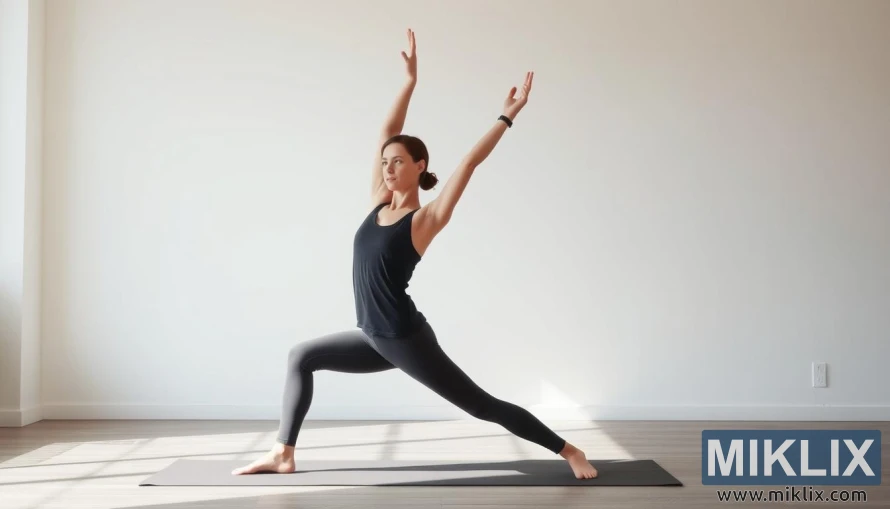
6. HIIT: Maximum Results in Minimum Time
High-Intensity Interval Training (HIIT) ranks high among the best fitness activities for a healthy lifestyle due to its time efficiency and effectiveness. This workout style alternates between intense exercise bursts and short recovery periods, maximizing calorie burn in minimal time.
Sample HIIT Workout for Beginners
Try this simple 20-minute workout: 30 seconds of jumping jacks, 30 seconds rest, 30 seconds of squats, 30 seconds rest, 30 seconds of push-ups, 30 seconds rest, 30 seconds of high knees. Repeat 4 times.
Always warm up before HIIT and cool down afterward. Start with longer rest periods (45-60 seconds) if you're new to high-intensity exercise.
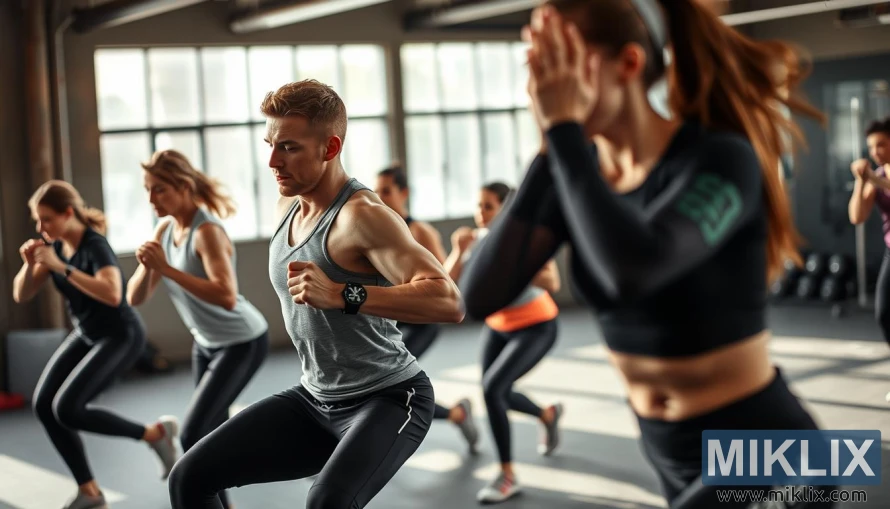
7. Dancing: Fun, Expressive, and Effective Exercise
Dancing earns its place among the best fitness activities for a healthy lifestyle by combining effective exercise with enjoyment and self-expression. This versatile activity improves cardiovascular health, coordination, and mood while rarely feeling like a workout.
Popular Dance Fitness Styles
- Zumba (Latin-inspired)
- Hip-hop dance fitness
- Ballet-inspired workouts
- Bollywood dance fitness
- Swing and ballroom dancing
Key Benefits
- Improves cardiovascular health
- Enhances coordination and balance
- Boosts mood and reduces stress
- Provides social interaction
- Improves memory through learning routines
Getting Started with Dance Fitness
Begin with beginner-friendly classes or online videos. Focus on enjoying the movement rather than perfecting every step. Start with 20-30 minute sessions 2-3 times per week and increase as endurance improves.

8. Tai Chi
Often called "meditation in motion," tai chi combines gentle flowing movements with deep breathing. This ancient Chinese practice improves balance, flexibility, and mental focus while being accessible to all fitness levels.
- Low Impact
- Balance Focused
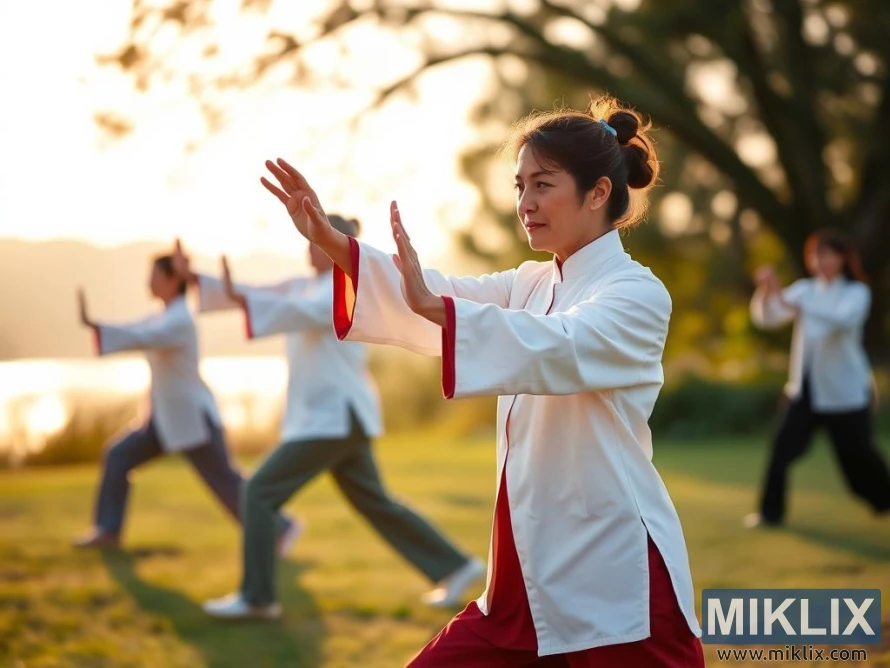
9. Rowing
Rowing provides an exceptional full-body workout that engages 86% of your muscles. Whether on water or using a machine, this low-impact exercise builds strength and cardiovascular fitness simultaneously.
- Full Body
- Low Impact
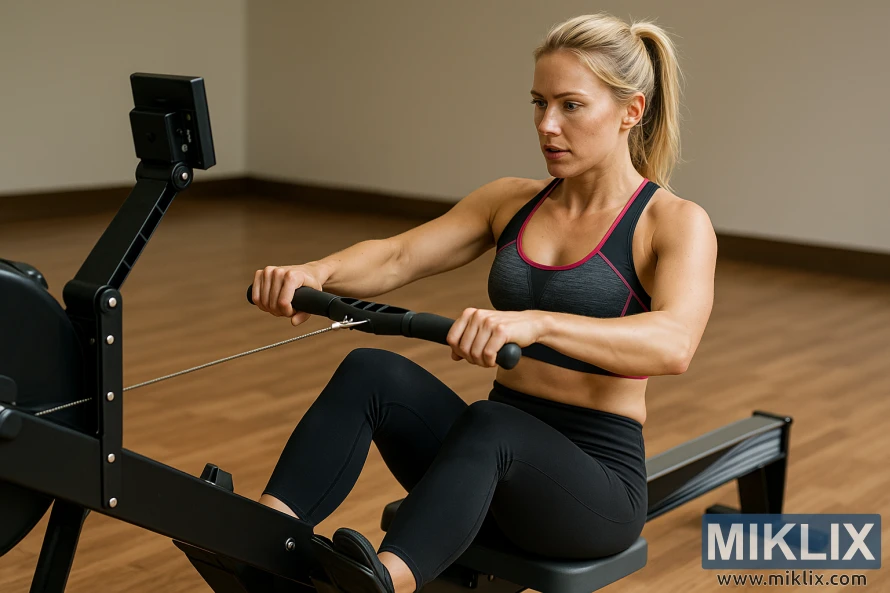
10. Pilates
Pilates focuses on core strength, proper alignment, and controlled movements. This method improves posture, flexibility, and body awareness while being adaptable for different fitness levels and physical conditions.
- Core Focused
- Precision Based

Comparing Activities for Different Goals
Different fitness activities excel at addressing specific health and fitness goals. Here's how our top 10 activities compare when targeting particular outcomes:
Best for Weight Loss
- HIIT (high calorie burn, afterburn effect)
- Swimming (full-body engagement)
- Rowing (combines cardio and resistance)
- Cycling (sustainable, adjustable intensity)
- Strength Training (increases metabolism)
Best for Stress Relief
- Yoga (mindfulness, breathing focus)
- Tai Chi (meditative movement)
- Walking (especially in nature)
- Swimming (rhythmic, immersive)
- Dancing (expressive, joy-inducing)
Best for Longevity
- Strength Training (preserves muscle mass)
- Walking (sustainable, joint-friendly)
- Swimming (gentle on aging bodies)
- Tai Chi (improves balance, prevents falls)
- Yoga (flexibility, stress reduction)
Practical Tips for Integrating Fitness Activities Into Your Lifestyle
Knowing the best fitness activities for a healthy lifestyle is only half the battle—incorporating them consistently is where real results happen. Here are practical strategies to make fitness a sustainable part of your routine:
Start Small
Begin with just 10-15 minutes of activity daily. Small, consistent efforts are more effective than occasional intense workouts.
Mix Activities
Combine different types of exercise throughout the week to work various muscle groups and prevent boredom.
Make It Social
Exercise with friends or join classes to increase accountability and enjoyment.
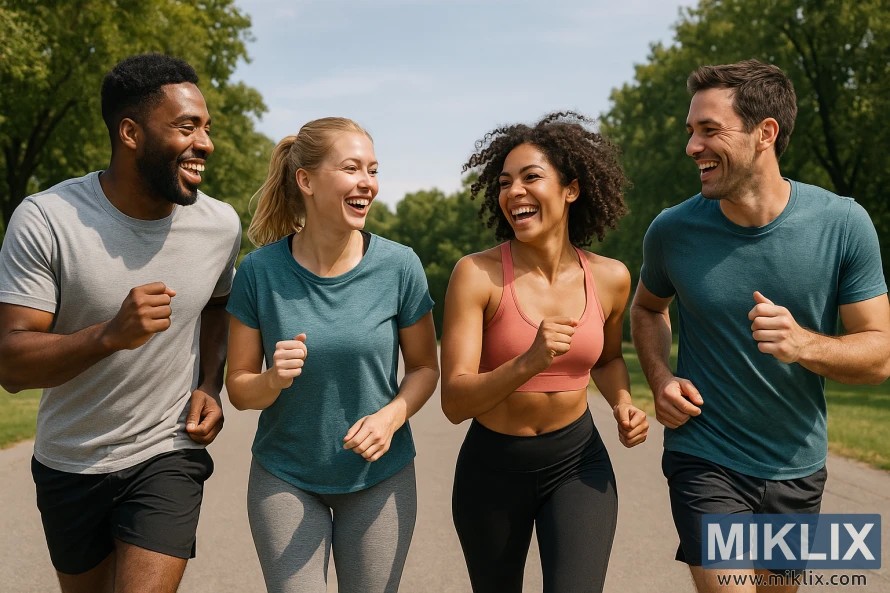
The best exercise is the one you'll actually do consistently. Find activities you enjoy, and fitness becomes a natural part of your lifestyle rather than a chore.
Additional Integration Strategies
- Schedule workouts as non-negotiable appointments in your calendar
- Prepare in advance by laying out exercise clothes or packing a gym bag
- Track progress to stay motivated and see improvements over time
- Create environmental triggers like keeping walking shoes by the door
- Use the two-day rule — never skip exercise for more than two consecutive days
Conclusion
The best fitness activities for a healthy lifestyle are ultimately the ones you enjoy enough to practice consistently. While our rankings provide guidance based on overall benefits, the ideal approach combines activities that address your specific goals, preferences, and lifestyle constraints.
Consider starting with 2-3 activities from our list that appeal to you most. Experiment with different options, paying attention to how your body responds and which activities you look forward to. Remember that variety not only prevents boredom but also ensures comprehensive fitness by engaging different muscle groups and energy systems.
Further Reading
If you enjoyed this post, you may also like these suggestions:
- Ride to Wellness: The Surprising Benefits of Spinning Classes
- How Rowing Improves Your Fitness, Strength, and Mental Health
- Elliptical Training Benefits: Boost Your Health Without the Joint Pain
